|
|
|||
THIS WEEK at HILTON POND
8-21 December 2006
Installment #340---Visitor #
(Back to Preceding Week; on to Next Week)
|
Only a few places remain for our upcoming |
|
MORE ENCOUNTERS WITH
NATURE IN DECEMBER December 2006 is turning out to be a strange one. After a mild start during the first seven days, the second week brought near-record low temperatures in the teens--followed by Week Three near-record highs in the upper 70s. Confused humans were wearing long johns beneath their walking shorts, so it's not surprising a few blood-hungry mosquitoes were buzzing during the very warmest days. As always, we were out with our camera and tripod, looking for natural history subjects both odd and commonplace to photograph and write about. For the just-completed fortnight, we had plenty of observations but less time than we might like due to travel and holiday obligations. Nonetheless, we present below another sampling of our encounters with nature at Hilton Pond Center during the unpredictable month of December.
All text & photos © Hilton Pond Center By mid-December, there's little green foliage to be found around Hilton Pond Center; when there IS any it's usually the sign of an invasive plant. Leaves of Japanese Honeysuckle in a otherwise leafless tree or shrub bring out our pruning shears in short order, as does the telltale green foliage of a Chinese Privet shrub. It's so uncommon to see an evergreen forb in winter at the Center we always pause for anything at ground level that still has obvious chlorophyll this late in the season. Such was the case this week when, at a far corner of the property we spotted a three-inch-long leaf (above), lying flat against an otherwise brown and tan forest floor. Upon closer examination, we saw the leaf had parallel venation and a very wavy upper surface, so we were pretty confident on identification of this winter plant. Just to be sure we turned over the new leaf (below).
As expected, the underside of the leaf was a rich purple hue, so we knew for sure we had found a native North American orchid--specifically the Cranefly Orchis, also known as Crippled Cranefly. This plant is unusual in that it produces a "hibernal" leaf--one that appears in late fall, lasts the winter, and then withers in spring before the 18-inch-tall flower stalk appears in late summer. The blossoms are relatively obscure for a terrestrial North American orchid, being green and brown; they blend in well with summer vegetation--which is probably why we've never noticed any cranefly flowers around Hilton Pond. Pollinated by noctuid moths, the blooms resemble the gangly Crane Fly that gives the plant its common name. This orchid's scientific epithet, Tipularia discolor, refers to the Latin word tipula (Crane Fly) and the two very different colors of the top and bottom of the leaf. We've made a mental note about the location of this bright green winter leaf and will be checking the site next summer to see if it has given rise to infloresence.
Around a bend in the trail was more greenery, this time on an old Eastern Red Cedar log that's been on the ground for the entire 25 years we've lived at Hilton Pond. This particular verdant growth was an unidentified moss, eking out existence atop slowly rotting wood. Although the mossy patch was small--six inches wide by a foot long)--it was quite healthy, as indicated by dozens of inch-high reproductive structures (above). These were a sporophyte generation that springs from the green gametophytic generation we typically think of when we hear the word "moss." At the top of each red, spindly sporagial stalk was a capsule surrounded by a sheath that peels away as spores within mature. Eventually, the capsule tip (visible above) will pop off, releasing a multitude of spores that drift off in wind or rain to germinate and form new colonies of moss. It seems odd that moss would reproduce in winter, but perhaps that's when rain is most dependable; since we do have many warm midwinter days in the Carolina Piedmont, conditions during the "colder" months might actually allow new mosses to sprout and grow with less competition from other kinds of plants.
When Hilton Pond is full, a spillway and overflow pipe allow excess water to leave without breaching the earthen dam that forms the impoundment. Since we were in a mini-drought last summer, the water level dropped and winter rains have not yet brought it back to maximum depth; thus, there's currently no spillway or pipe outflow. There is some seepage through the dam, however, so there's always a little moisture going into the bottomland below the dam itself. Because the flow is negligible, it allows formation of a mass of reddish slime (above) that most folks view as pollution but is actually a big colony of iron-fixing bacteria. These unicellular organisms--of which there must be tens of billions in a nearly stagnant five-foot by ten-foot pool--meet their energy requirements by gathering water-soluble ferrous iron from iron-rich water and oxidizing it into ferric iron. (This is very different from life processes of other bacteria that break down carbon-bearing organic matter to get energy.) Ferric iron--better known as "rust"--is insoluble and precipitates out, making the water look red, or "rusty." The slime mass, which comes from an accumulation of protective sheaths formed by each bacterium, sometimes breaks up and forms a thin, oily, iridescent sheen on the water surface (above). Again, casual observers are sometimes alarmed this might be the result of pollutants, but petroleum-based oil slicks stay together when water is disturbed while natural sheen such as what we observed at Hilton Pond breaks up easily and disperses. Our iron-fixing bacteria and their by-products are harmless and will disappear when winter rains flush out the slow-moving water below the dam.
With regard to avian life at Hilton Pond Center, the most significant date for us during the past two weeks was 10 December, for that's the day a Dark-eyed Junco (above) entered one of our ground traps. As we carefully removed the bird, measured and banded it, and plugged the data into our computer database, we realized this winter visitor was our 704th junco banded at the Center. More notably, however, it was our 48,000 bird banded since 1982! We never thought when we first started banding here at York SC that we'd handle tens of thousands of birds in our first 25 years, so when we hit a "round number" like 48,000 it always gives us reason to reflect on our work. Wonder how many more birds we'll band in the NEXT 25 years? From terrestrial orchids to moss spores and bacterial blooms to bird banding, there's always an interesting encounter to be made with nature . . . even in December at Hilton Pond Center. All text & photos © Hilton Pond Center
Comments or questions about this week's installment?
Thanks to the following fine folks for recent gifts in support of Hilton Pond Center for Piedmont Natural History and/or Operation RubyThroat: The Hummingbird Project. Your tax-deductible contributions allow us to continue writing, photographing, and sharing "This Week at Hilton Pond."
"This Week at Hilton Pond" is written & photographed You may wish to consult our Index of all nature topics covered since February 2000. You can also use our on-line Hilton Pond Search Engine at the bottom of this page. For a free, non-fattening, on-line subscription to |

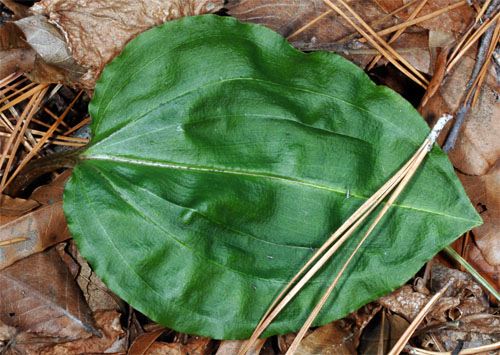
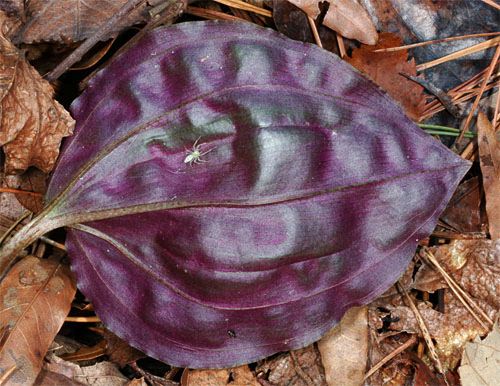
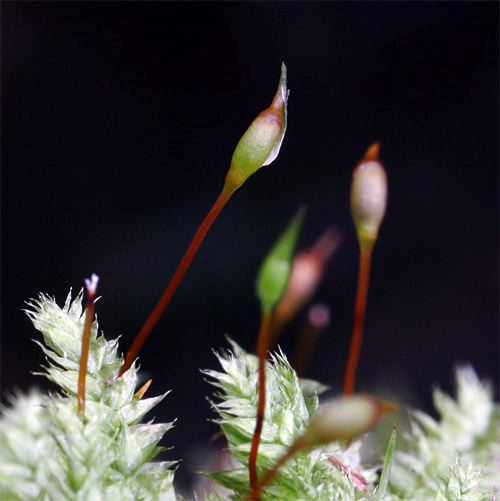
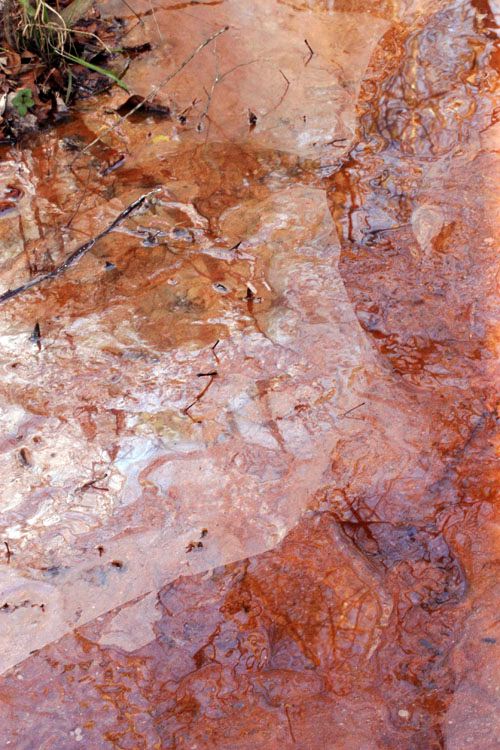
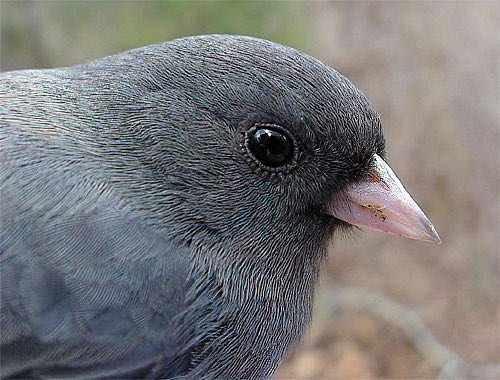


 Oct 15 to Mar 15
Oct 15 to Mar 15
